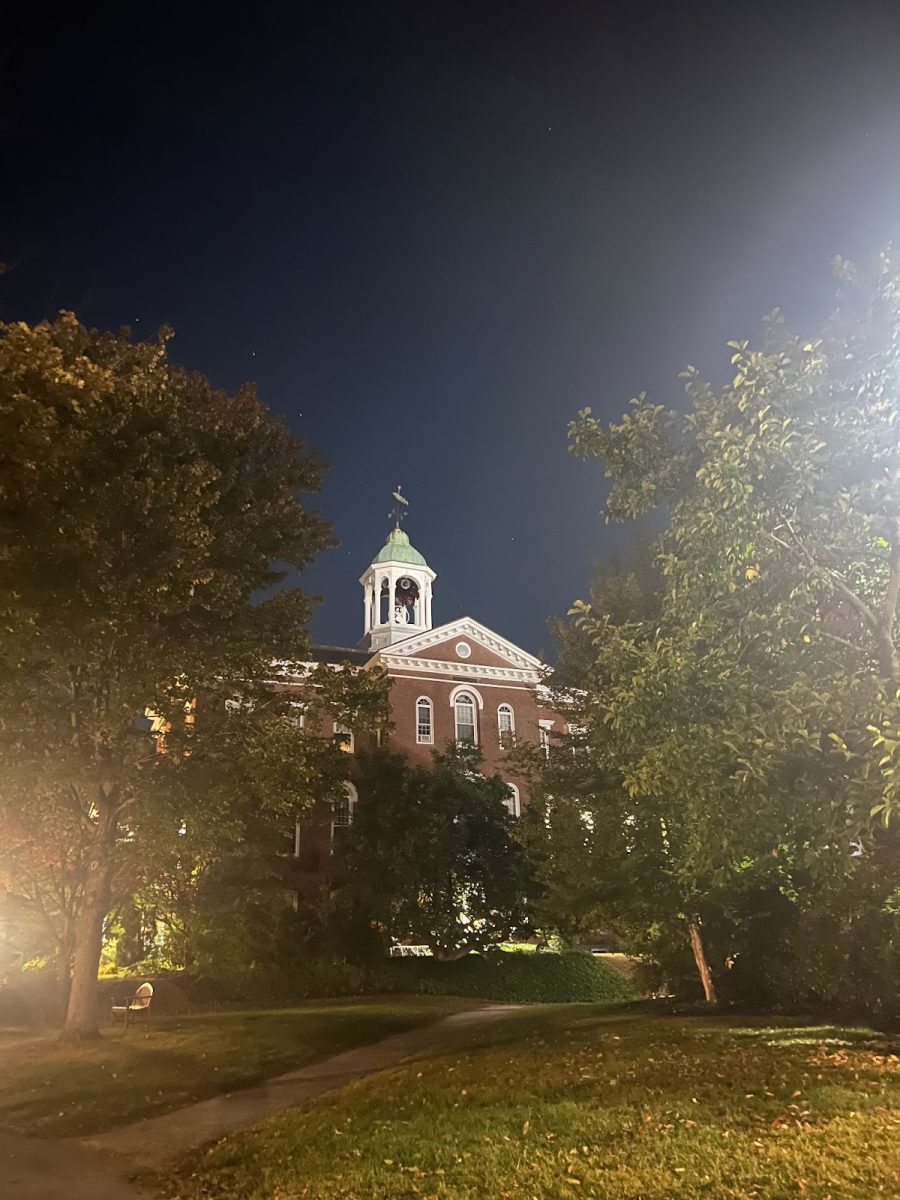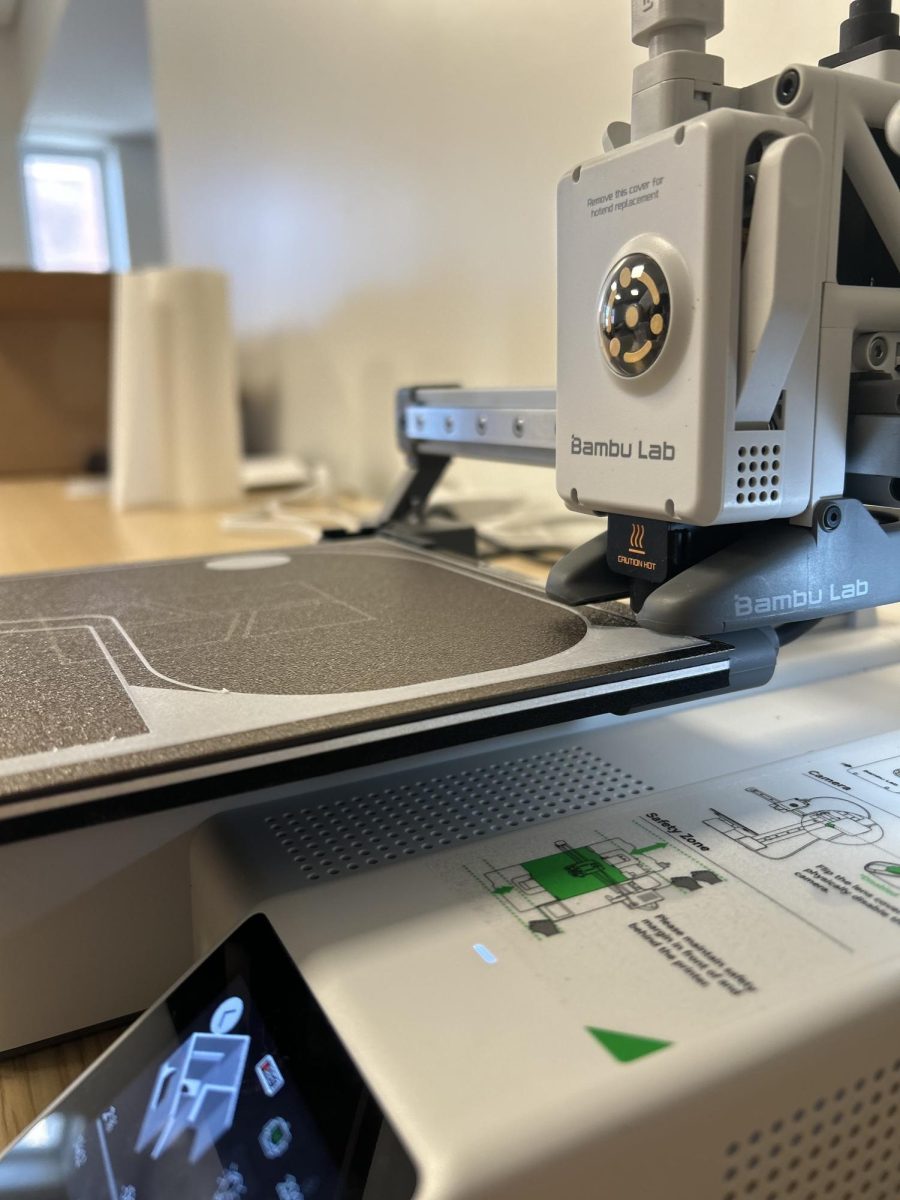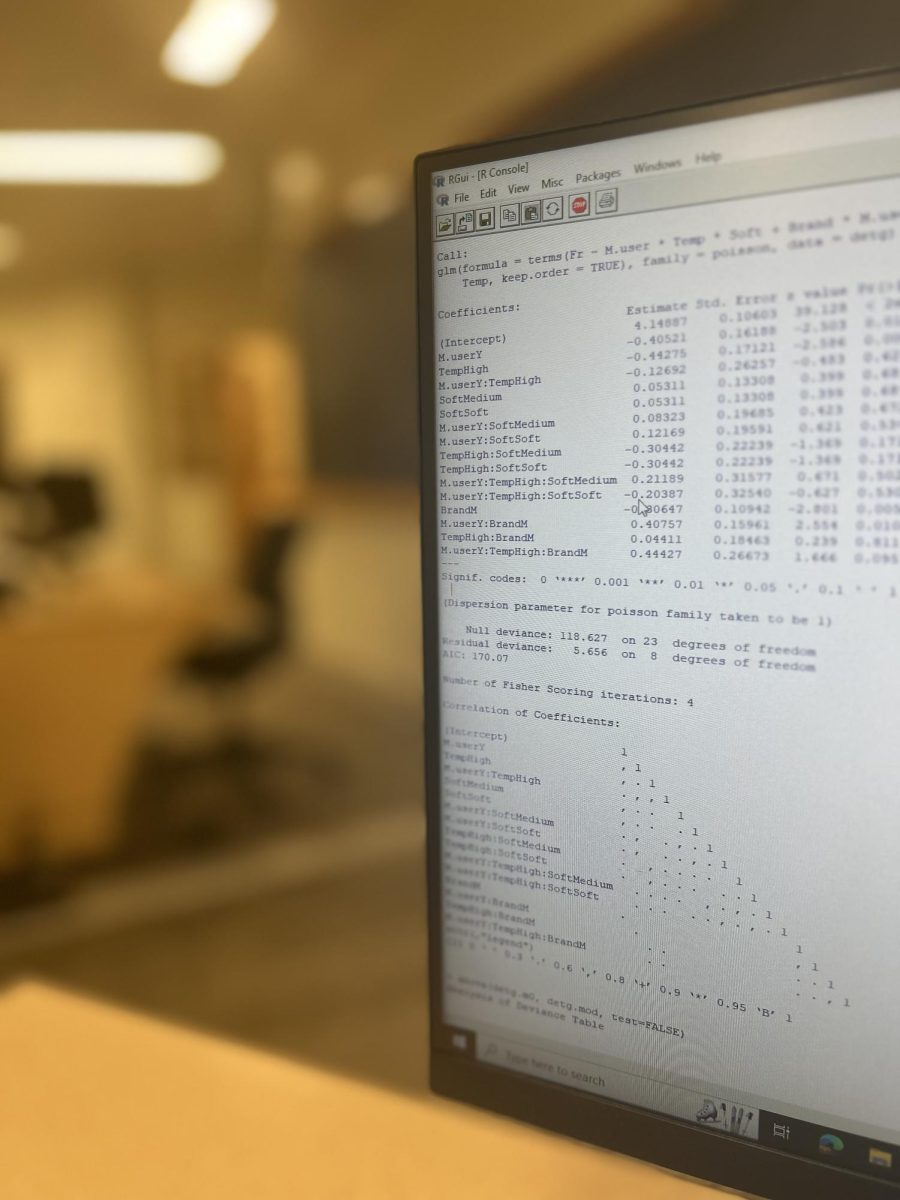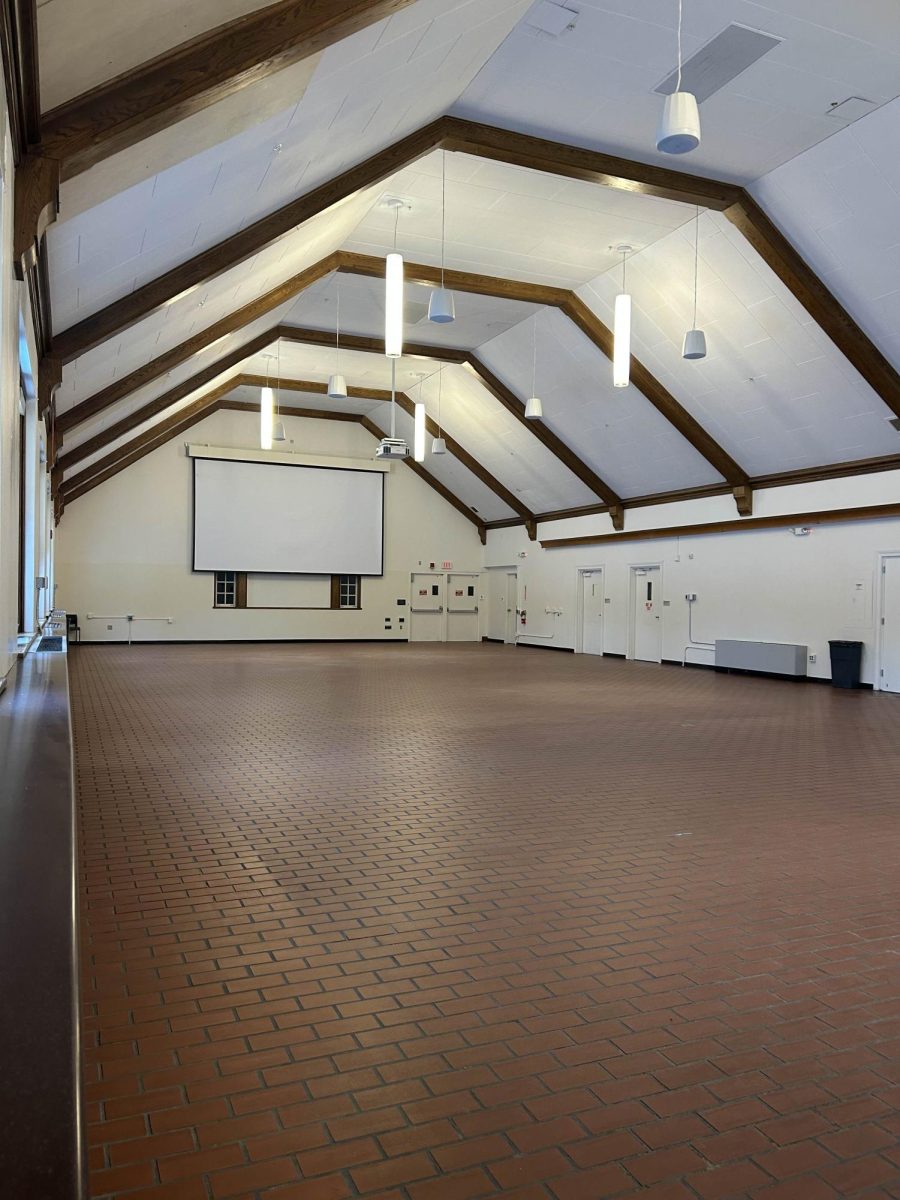Calvin Reedy’s talent is evident from his photographs, but on closer inspection it can be seen that they represent and embody something deeper than aesthetic appeal. Some of his most recent work is a collection of photographs titled “Negro Sunshine” which captures people of color in the golden hour between sun set and evening. Reedy’s studio thesis work “Hallowed be their Names” is comprised of depictions of black men. He explains in his artist statement that he chooses to depict black people in his photography a means to “Combat the tendency in western art to marginalize black artists, and limit authentic depictions of black people.” Reedy and similar trailblazers are leading the charge in reimagining and reshaping the art world into something that fairly represents all people, a theme of Reedy’s talk last Wednesday evening.
After spending February 6th at Bates meeting with senior studio art majors, Calvin Reedy ’17 presented a talk in Olin Arts Center titled, “On Art and Justice: working towards a more just (art) world.” His talk highlighted the role of black artists in creating a more just and accurate art representation, but also the numerous opportunities in the art world outside of making art, and their impact in perpetuating change. Reedy, a Bates studio art graduate was well suited to deliver this presentation. In conjunction with creating his own transformative art, he works as gallery assistant for Jack Shainman Gallery in Chelsea. Reedy’s other experience includes a curatorial internship at The Whitney and writing for the Aperture Foundation.
The first part of Reedy’s talk focused on black artists, primarily photographers. Reedy featured art ranging from Carrie Mae Weems’ iconic “Kitchen Table Series” to work from more contemporary artists like Latoya Ruby Frazier and Shikeith. Reedy discussed the artistic elements of the work as well as their broader social implications. Reedy said, “One of the reasons that I did want to focus on black artists [is because] the world is really changing and representation is changing, there are a lot more black artists … working in the world and their work is being seen.” He notes that the black liberation model can be used for other minorities who are historically underrepresented, “You can use this model as a framework to use when other groups of people are coming to the table.”
Reedy emphasized that the often-overlooked workers in the art world have just as much as an effect on social issues as the artists themselves, because they control how the art is portrayed to the public. Jobs that help support artwork include curators, archivists, researchers, writers, and many other instrumental positions. In the majority of cases the curator is charged with acquiring and managing collections, and most importantly interpreting an artist’s work in order for it to be most accurately showcased to the public. According to Reedy, art institutions have historically been “Colonial projects and manifestations of colonial power.” Thanks to a new generation of individuals in the art industry, institutions are reckoning with how they are dealing with their collections. Artists are not the only ones responsible for art justice, and they are not the only career opportunities available if one wants to work in art, “People who are working alongside artists can also effect change and work towards different social changes,” said Reedy.
Reedy concluded the talk with a section discussing culture as a mechanism to create social change through art. He utilized Beyoncé to illustrate someone propagating a positive art culture. Beyoncé in many instances has hand selected minority artists to collaborate or work for her. “She provides a really good example for someone who has power, influence, and money reaching back to help other people along in their career,” says Reedy. He also cites Beyoncé and Jay-Z’s music video “Apesh*t” which is set in the Louvre. The video critiques the historical connotations of high art, while at the same time highlighting contemporary black artists. In the past some art has been used to demean and divide. Fortunately, Reedy has demonstrated that the work of artists of color are creating a more just (art) world.
Categories:
Calvin Reedy ’17 talks ‘On Art and Justice’
February 13, 2019
0
Donate to The Bates Student
$1500
$1500
Contributed
Our Goal
Your donation will support the student journalists of Bates College and help us cover our annual website hosting costs.
More to Discover







